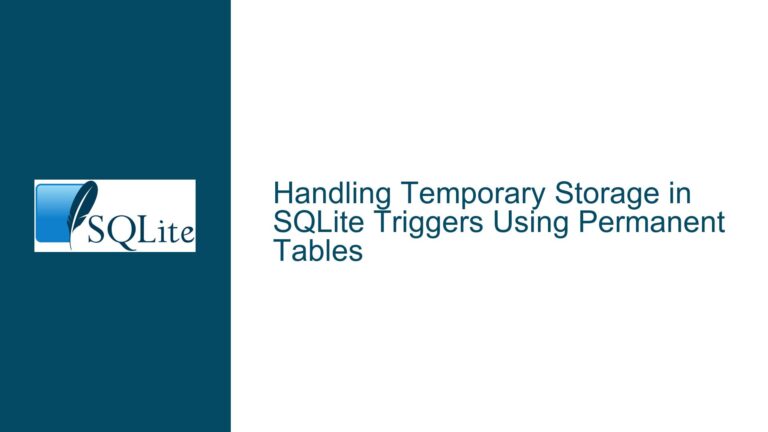Optimizing SQLite Query Performance with Correct Collation and Index Usage
SQLite Query Performance Degradation Due to Collation Mismatch The core issue revolves around a significant performance degradation in a SQLite query, where the query execution time was approximately 45 seconds. The query in question involves a SELECT statement with a correlated scalar subquery that joins multiple tables, specifically meta, trace, and meta2. The primary performance…









